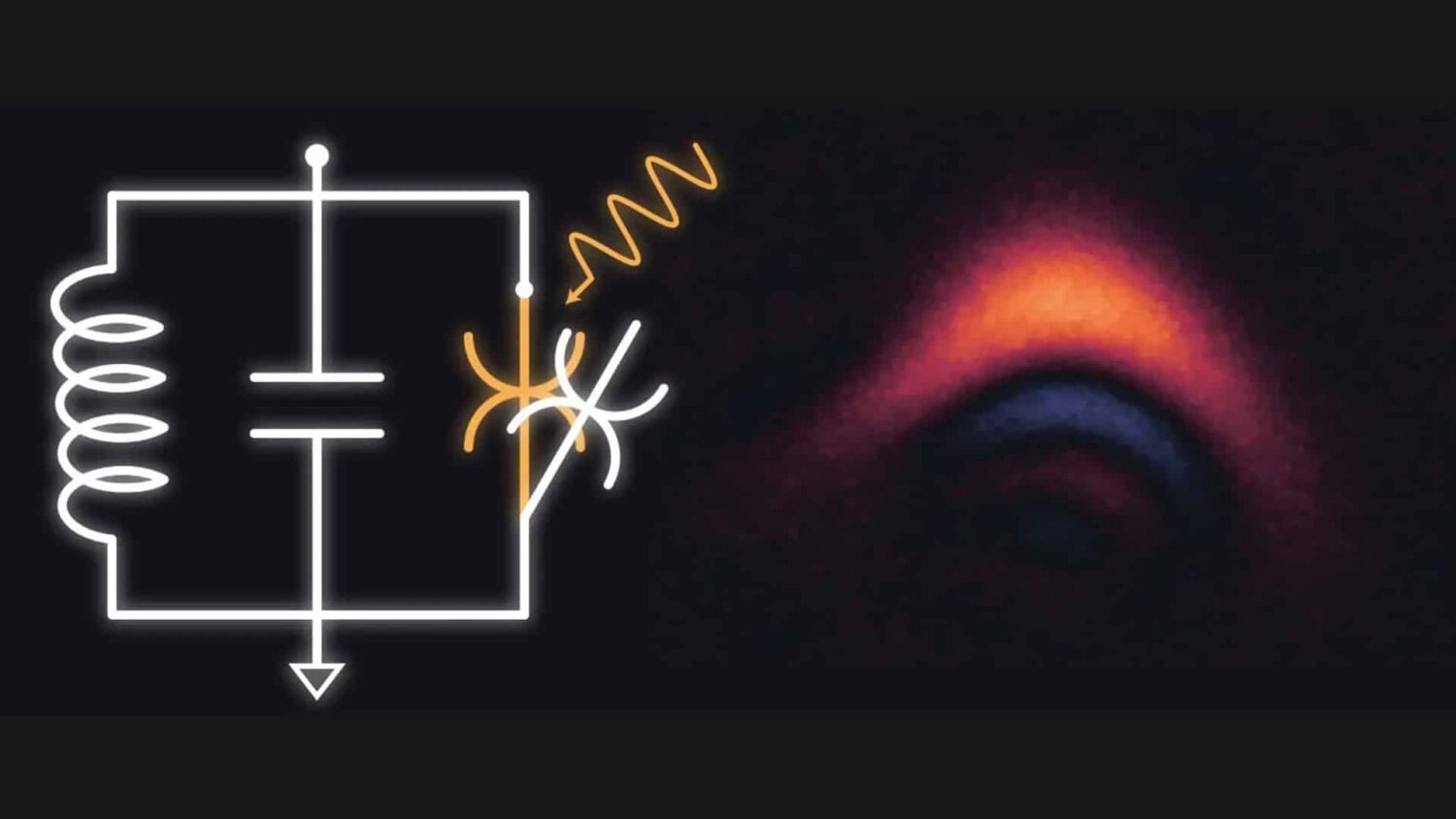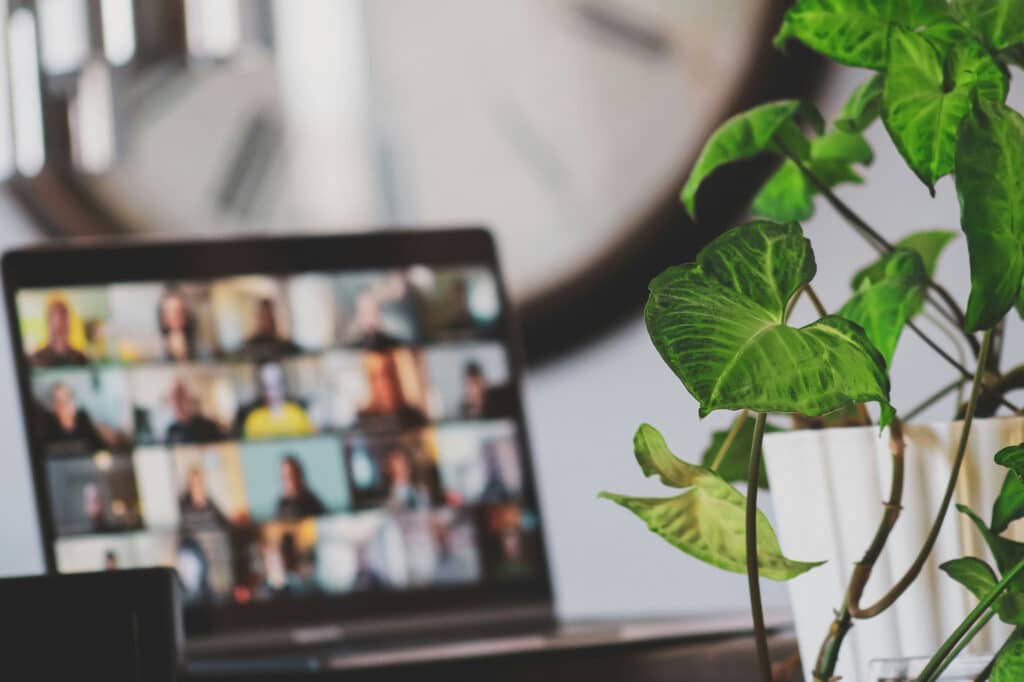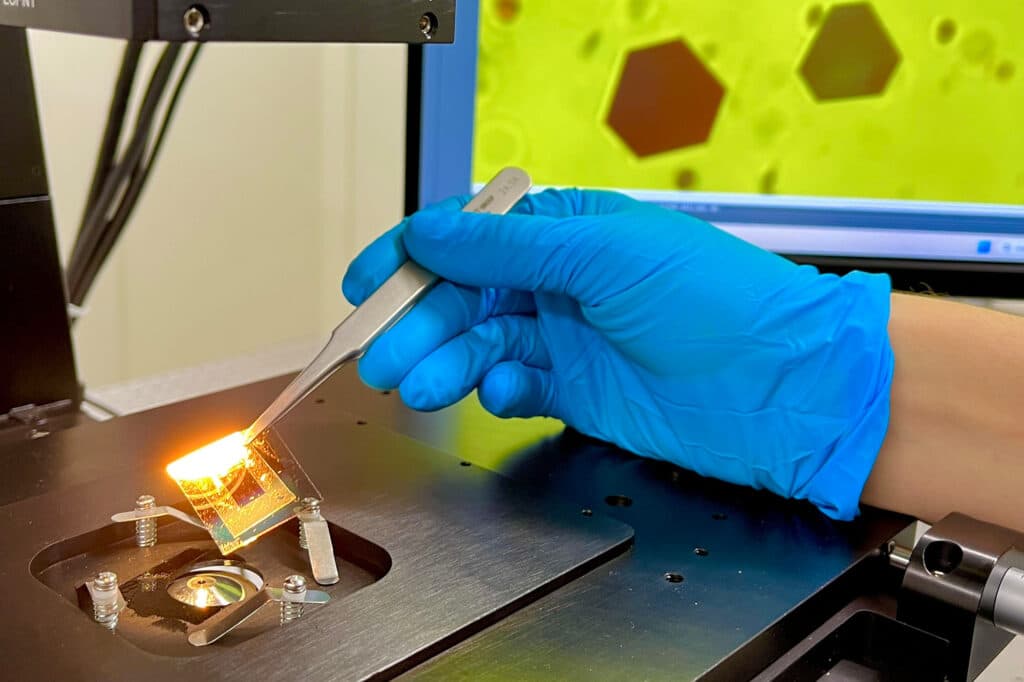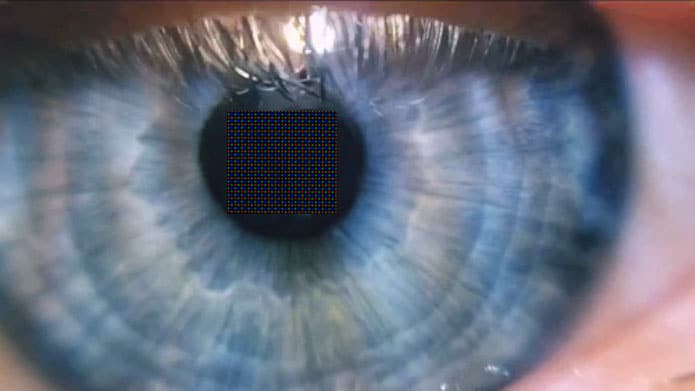The potential of quantum computers is currently thwarted by a trade-off problem. Quantum systems that can carry out complex operations are less tolerant to errors and noise, while systems that are more protected against noise are harder and slower to compute with. Now a research team from Chalmers University of Technology has created a unique system that combats the dilemma, thus paving the way for longer computation time and more robust quantum computers.
For the impact of quantum computers to be realized in society, quantum researchers first need to deal with some major obstacles. So far, errors and noise stemming from, for example, electromagnetic interference or magnetic fluctuations, cause the sensitive qubits to lose their quantum states – and subsequently their ability to continue the calculation. The amount of time that a quantum computer can work on a problem is thus so far limited. Additionally, for a quantum computer to be able to tackle complex problems, quantum researchers need to find a way to control the quantum states. Like a car without a steering wheel, quantum states may be considered somewhat useless if there is no efficient control system to manipulate them.
However, the research field is facing a trade-off problem. Quantum systems that allow for efficient error correction and longer computations times are on the other hand deficient in their ability to control quantum states – and vice versa. But now a research team at Chalmers University of Technology has managed to find a way to battle this dilemma.
“We have created a system that enables extremely complex operations on a multi-state quantum system, at an unprecedented speed,” says Simone Gasparinetti, leader of the 202Q-lab at Chalmers University of Technology and senior author of the study.





